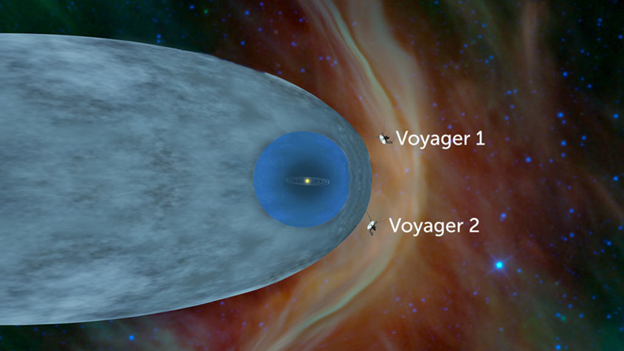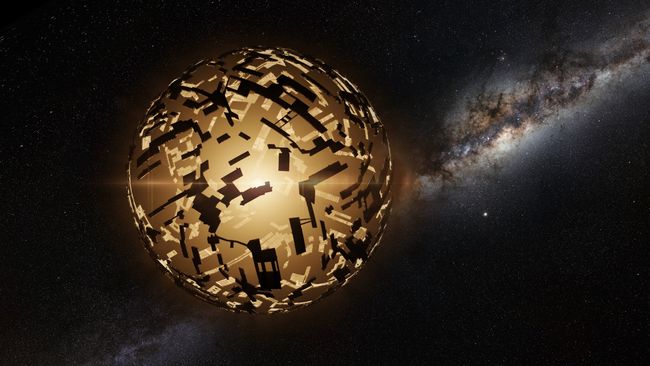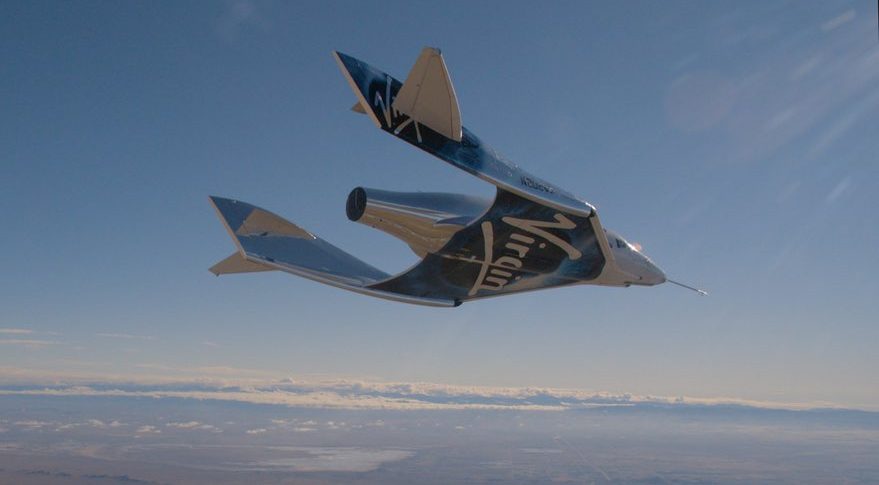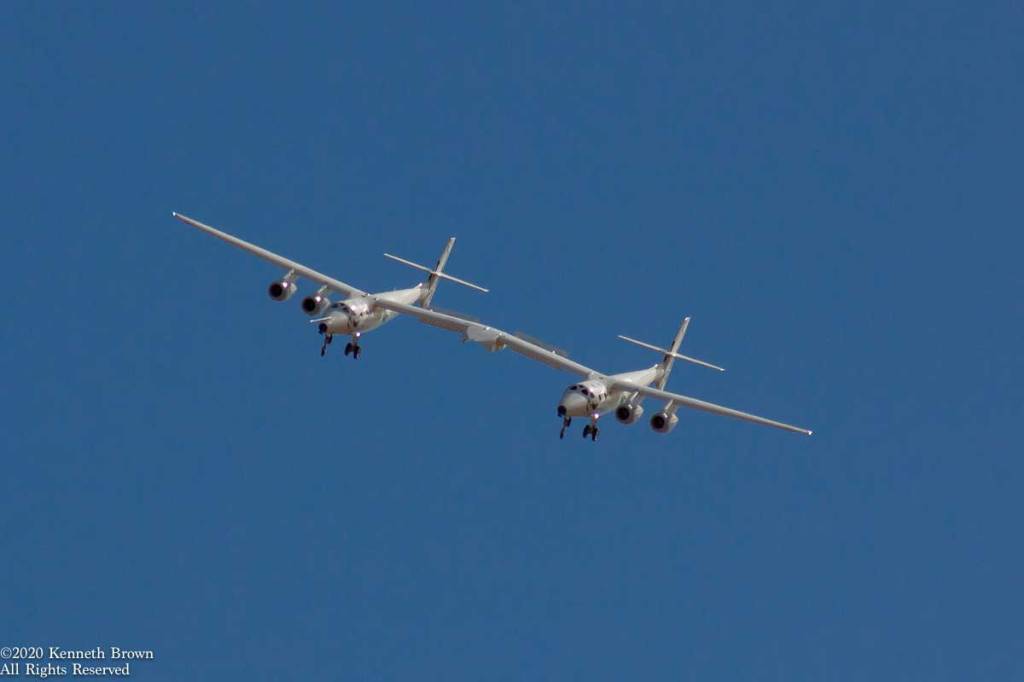
This image is an artist depiction of what “Planet Nine” could possible look like. This image was uploaded from https://astronomy.com/magazine/2018/10/how-we-discovered-planet-nine.
Many get excited by the search for planets, as astronomy magazines name off new exoplanets every other month. But what many may not know is that scientist have brough their search for planets back home to our own solar system, searching for what may truly be our special “Planet Nine” (Sorry, Pluto still doesn’t make the cut).
As of 2 days ago, 139 planets, or what have been labeled as “minor planets,” have been found beyond the orbit of Neptune and even far beyond the orbits of Pluto (ranging 30 to 90 AU from the Sun). As of now, these TNOs simply remain unpublished as astronomical objects that orbit the sun, but as Scientist continue to survey them, they seem to get closer and closer to finding one that can truly be labeled as a planet. Using the Dark Energy Camera in a Chilean observatory, Scientist have been able to follow and catalogue the path of multitudes of TNOs to find out if they are the “real deal.”
Scientist have hypothesized that they must come across a ninth planet sooner or later due to certain astronomical phenomena that are explained by little else. One source of evidence for this planet are 6 objects in the Kuiper Belt with elliptical orbits tilted with respect to the solar plane. Furthermore, the 6-degree tilt of our actual planets to the solar planet could be described by a sixth planet. Finally, there are some objects in the Kuiper belt that orbit in the opposite direction as most others. All of these facts, scientist believe, point to the existence of another, possibly giant, planet in the great outer depths of our solar system.
https://astronomy.com/magazine/2018/10/how-we-discovered-planet-nine







